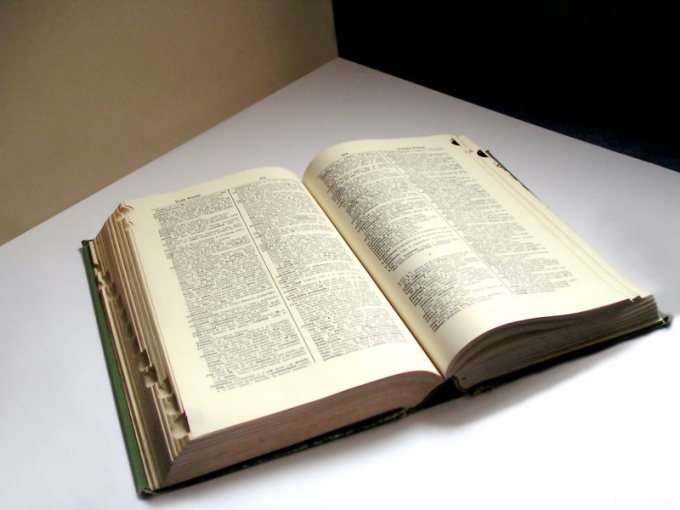You will need
- - the actual size of the printing sheet;
- - the number of pages in the publication;
- - the size of the conditional printed sheet:
- - the range;
- calculator.
Instruction
1
Conditional printed sheet is considered to be a sheet format 70x90 cm Conventional newspaper and magazine formats is a multiple of the printed sheet. For example, A2 is a half of the standard unit, A3 — a quarter, and A4 — eighth part. These formats are in widespread use today. However, book and magazine pages can have other dimensions. In addition, modern printing technology allows to put on the same square, different amount of text because you can apply different pins and different layout options.
2
Calculate the actual area of the page is exactly the same as you would for any rectangle. Measure and multiply the length and width. It is possible to write ordinary mathematical formula S1=a*b, where S1 is the area existing in the reality of the strips a and b are the length and width. Similarly, calculate the area of the printing sheet, multiplying 70 cm 90. 6 turns out 300 cm2. For convenience, it can be denoted as S2.
3
Find the conversion factor for this edition. It represents the ratio of the actual book pages or newspaper pages to the area of the conventional printing sheet. Find the equation for k=S1/S2. The obtained result is sufficient to round to hundredths.
4
Count the number of printed sheets in the entire edition. Count the number of book pages or newspaper pages. Multiply the resulting number by a factor of k. This method of calculation is convenient for publications, typed in a standard font on a sheet with the same formatting standard.
Useful advice
With the advent of computer technology prepress method of calculation of the texts printed sheets became very inaccurate. About 90 years it was believed that the ordinary newspaper page A3 holds about 16 thousand characters. And then I often was not more than 13 thousand. Modern newspaper page is the same format most often contains from 6 to 10 thousand characters, and sometimes less. Therefore, to determine the volume of the printed sheet is rarely used.
Much more accurate is another old unit of measure — author's sheet. He succeeds primarily because it is considered not from the area, and by the number of characters that allows you to measure virtually any text. In the author's sheet contains 40 000 characters with no spaces. For the poetic text, this 700 rows. In principle, this method differs little from those now used in most newsrooms, publishing houses and translation agencies.
Much more accurate is another old unit of measure — author's sheet. He succeeds primarily because it is considered not from the area, and by the number of characters that allows you to measure virtually any text. In the author's sheet contains 40 000 characters with no spaces. For the poetic text, this 700 rows. In principle, this method differs little from those now used in most newsrooms, publishing houses and translation agencies.
